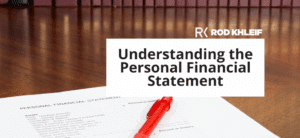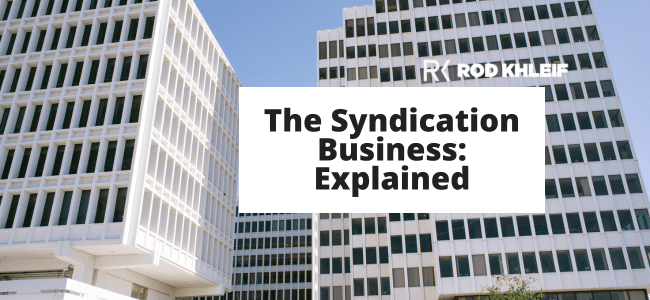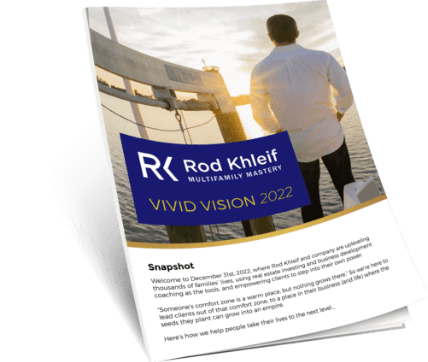Every real estate investment carries risk—and experienced investors don’t ignore it. They manage it. When you invest in multifamily real estate, you naturally accept certain risks: market fluctuations, rising interest rates, or property deterioration. Most investors account for these in their underwriting. But there’s one risk that often flies under the radar—and it can do just as much damage to your returns: regulatory risk.
If you plan to hold and operate multifamily property in any U.S. market, you need a clear plan for managing this growing threat.
What Is Regulatory Risk?
Regulatory risk refers to the possibility that new laws or changes to existing regulations will make your investment less profitable—or more difficult to manage. This includes ordinances related to rent control, eviction policies, tenant screening, and landlord responsibilities.
To make things more complicated, real estate regulations can vary widely from city to city and state to state. That means investors must not only understand today’s local laws—they also need to consider how quickly the rules can change.
Ignoring this risk can jeopardize your income, limit your decision-making, and reduce the overall value of your property.
Real-World Examples: Regulatory Risk in Action
Here are a few examples from the multifamily world in early 2020. These show how quickly laws can change and affect your cash flow.
California – Assembly Bill 1482
This law, effective January 1, 2020, introduced statewide rent control and “just cause” eviction protections. Key components included:
-
A cap on rent increases: 5% plus inflation (or 10%, whichever is lower)
-
A limit on rent increases to no more than two per year
-
Prohibition on terminating a tenancy without just cause
Seattle – Winter Eviction Ban
In February 2020, Seattle passed a moratorium on evictions between December 1 and March 1. It applied to low- and moderate-income tenants and excluded landlords with four or fewer units. This unprecedented restriction affected how and when owners could respond to non-payment or lease violations.
Jersey City – Expanded Rent Control Proposal
A 2020 draft ordinance aimed to:
-
Increase tenant protections
-
Mandate the inclusion of rent control disclosures in leases
-
Expand oversight from the city’s landlord-tenant office
Berkeley, CA – Background Check Ban Proposal
In late 2019, Berkeley suggested banning criminal background checks when screening tenants. This would remove a common safety measure for landlords and add new risks for owners of multifamily properties.
These cases reflect a broader trend. As tenant advocacy expands across the U.S., cities and states continue to propose and pass new regulations aimed at shifting power toward renters. And while some reforms address genuine concerns, others add significant friction to the business of multifamily ownership.
How to Mitigate Regulatory Risk in Multifamily Investing
You can’t control legislation, but you can reduce your exposure. Here’s how we proactively mitigate regulatory risk across our own portfolio—and how you can do the same.
1. Diversify Your Portfolio by Location
Don’t overexpose yourself to one city, one state, or one political climate. Just like you diversify your property types and prices, you should also spread your investments across different regions. These regions should have different levels of rules and regulations.
We avoid cities or states that consistently pass landlord-unfriendly legislation. Instead, we prioritize high-growth, landlord-friendly markets with strong job fundamentals and reasonable legal frameworks.
This strategy reduces the chance that one sweeping policy change will materially impact our entire portfolio.
2. Stay Involved in the Local Community
We make it a point to engage with local stakeholders—because being involved means staying informed.
We attend planning board meetings. We join local apartment associations. We build relationships with real estate attorneys, city council members, and small business leaders. These connections let us know about possible regulatory changes early. Sometimes, we can speak up before a vote.
Staying plugged into the business and political community keeps us ahead of change, not behind it.
3. Operate with Integrity and Empathy
Above all, we believe that responsible ownership is the best defense against political blowback.
We treat tenants with respect. We respond to maintenance requests quickly. We offer fair leases. And when financial hardships arise, we work with residents, long before lawyers get involved.
That doesn’t mean we sacrifice standards. But it does mean we operate in a way that builds goodwill with our tenants, our neighbors, and local leadership. In a world where reputations spread fast, good relationships can buy you time, trust, and options.
Due Diligence: Include Regulatory Climate in Your Deal Analysis
When you underwrite a deal, don’t just look at the rent comps, the value-add potential, or the cost of capital. Add local regulatory risk to your checklist.
Here’s how to start:
-
Review current rent control laws and eviction procedures
-
Research past and pending legislation on tenant rights
-
Talk to local landlords or property managers about what’s changing
-
Contact local government offices to verify policies or pending initiatives
-
Join a local real estate investors association for intel from active operators
We often speak directly with city council members, local attorneys, and fellow operators to gauge the climate before we move forward on a deal.
Final Thoughts from Rod
Multifamily investing has always involved risk. That’s part of the game. But smart investors don’t just accept risk—they manage it with discipline and foresight.
When buying or operating in today’s climate, you must add regulatory risk to your toolbox. Study your markets, choose your locations carefully, and always operate in a way that earns trust, not tension.
Because when policies shift—and they will—you’ll want to be in a position where your business is built to adapt, not collapse.
— Rod












